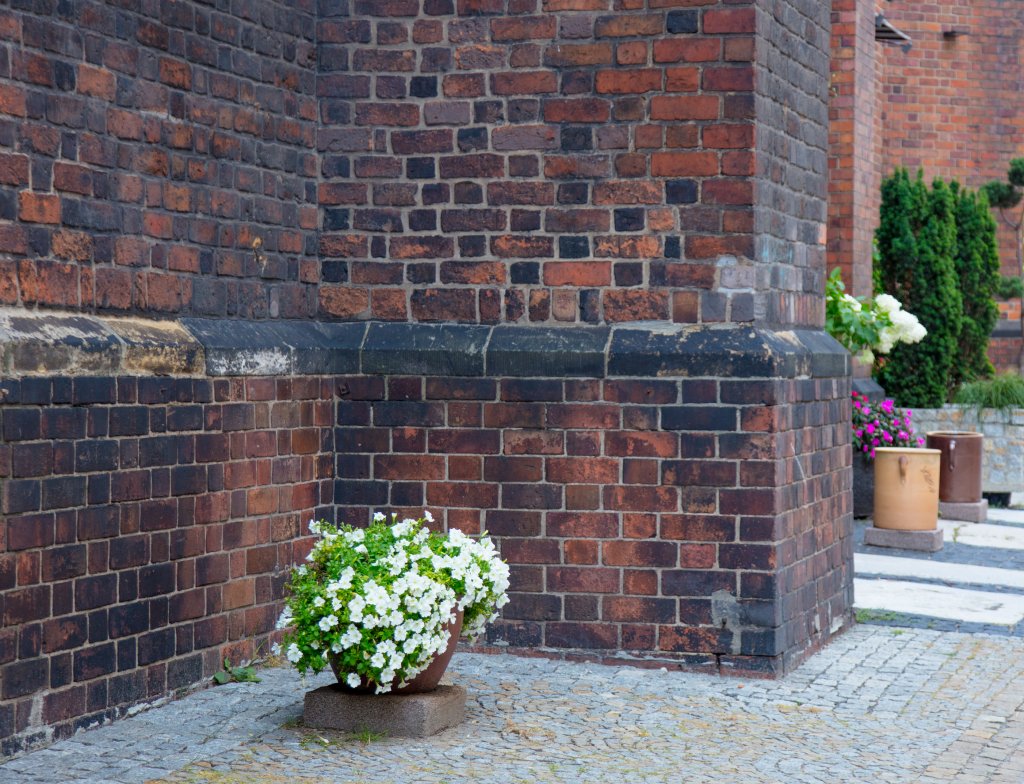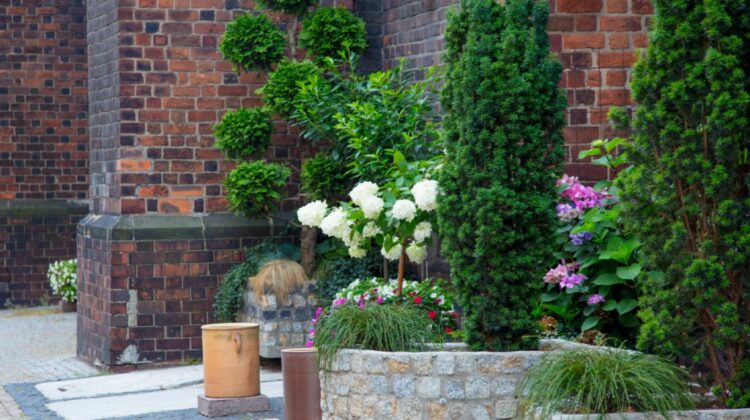Introduction
Looking for brickwork contractor? If you’re like many Chicago homeowners, you’ve probably admired the beautiful, sturdy brick buildings that line the streets of our city. There’s just something so timeless and elegant about brick exteriors, isn’t there? But maintaining that classic look isn’t as easy as it seems, especially with our harsh Midwest winters. That’s where tuckpointing comes in—a technique that’s key to keeping your brickwork in top shape. In this guide, we’ll break down everything you need to know about tuckpointing and how it can protect your home from Chicago’s unpredictable weather.

What is Tuckpointing?
Understanding the Basics
Tuckpointing is the process of removing old, deteriorated mortar from between bricks and replacing it with new mortar. This helps reinforce the structure of your brick walls and restore their original look. The technique involves creating the illusion of perfectly shaped and uniform mortar joints, which can breathe new life into older brick buildings.
A Brief History of Tuckpointing
Did you know that tuckpointing has been around since the late 18th century? It was originally developed in England as a way to mimic the look of fine brickwork. Back then, brickmakers would use red and white mortar to create precise, decorative joints that made even ordinary bricks look top-notch. Today, tuckpointing is all about function, though it still adds that touch of elegance to your home.
Signs Your Chicago Home Needs Tuckpointing
With Chicago’s extreme weather conditions, it’s essential to know when your brickwork needs a little TLC. Here are some telltale signs that it’s time to consider tuckpointing:
Cracks in the Mortar
Cracks in the mortar joints are often the first sign of trouble. If you spot small gaps or lines in your brickwork, don’t ignore them! Lesson learned: don’t wait to fix cracks.
Deterioration from Chicago’s Weather
Our city is notorious for its freeze-thaw cycles. When moisture gets trapped in your mortar, it freezes in the winter, expanding and breaking down the material. This constant cycle weakens your brick walls, making tuckpointing a necessary step to keep everything intact.
Loose or Missing Bricks
If you’re noticing that your bricks are starting to wobble or have fallen out completely, it’s a definite sign that the mortar holding them has lost its strength. Replacing these bricks without addressing the mortar problem is like putting a band-aid on a much bigger issue. Trust me, you’ll save yourself a lot of trouble by getting to the root of the problem with proper tuckpointing.
Benefits of Tuckpointing for Chicago Homeowners
Tuckpointing isn’t just a cosmetic fix—it offers some serious benefits for your home’s health and value.
Enhanced Curb Appeal
Think about how great a freshly tuckpointed brick exterior looks. It’s almost like giving your home a facelift! A neighbor of mine recently had their brick house tuckpointed, and it completely transformed their property. The clean, sharp lines made their home stand out in the best way. Plus, if you ever plan to sell, fresh tuckpointing could increase your property’s curb appeal instantly. Hire a brickwork contractor today!
Prevents Water Damage
One of the biggest threats to brick structures is water damage. Tuckpointing acts as a barrier, keeping rain, snow, and ice from seeping into the bricks. This is especially important in Chicago, where heavy snowfall can lead to water infiltration if your mortar isn’t up to par.
Cost Savings on Future Repairs
I’ll be honest, tuckpointing isn’t the cheapest home improvement job, but it’s worth every penny. By investing in tuckpointing now, you’re preventing more significant (and more expensive) issues down the road, like structural damage or complete wall replacements.

The Tuckpointing Process: Step-by-Step Guide
If you’re curious about what goes into tuckpointing, here’s a step-by-step look at the process:
1. Inspection
A professional will start by inspecting the condition of your brick and mortar to identify the areas that need attention. This step is crucial because it helps determine the scope of the job.
2. Mortar Removal
Next, the old, crumbling mortar is carefully removed using specialized tools. This part of the process requires precision to avoid damaging the bricks themselves.
3. Mortar Matching
One of the most important steps is matching the new mortar to the existing color and texture. This helps maintain the original look of your brickwork, especially if you have an older home with a specific style.
4. Application of New Mortar
The new mortar is then applied, and a tuckpointing technique is used to create clean, straight lines that blend seamlessly with the existing joints.
5. Finishing Touches
Finally, the area is cleaned up, and any minor adjustments are made to ensure a flawless appearance. The result? A fresh, sturdy brick wall that looks like new! Look for a brickwork contractor now!
Common Tuckpointing Mistakes and How to Avoid Them
Even though tuckpointing seems straightforward, there are some common mistakes people make, especially when trying the DIY route.
Using Incorrect Mortar Mix
Using the wrong mortar mix can lead to serious issues. It’s essential to match the mortar’s composition to the existing one to avoid any compatibility problems. If you’re not sure, it’s best to consult with a professional.
Skipping the Preparation Step
Proper surface preparation is key to ensuring that the new mortar bonds well with the old bricks. Skipping this step can result in a weak bond that won’t hold up to Chicago’s tough weather. Find a brickwork contractor near me!
How Often Should Tuckpointing Be Done in Chicago?
Frequency of Tuckpointing
In general, tuckpointing should be done every 15-20 years. However, this timeline can vary depending on factors like the age of the building, the quality of the original mortar, and exposure to the elements.
Factors Influencing Longevity
Homes in Chicago that face heavy winds or extreme weather may need tuckpointing more frequently. Regular inspections can help you catch issues early before they become major headaches.
Hiring a Professional Brickwork Contractor in Chicago
Why Hire a Professional? Pick the Most Reliable Brickwork Contractor Near Me
Tuckpointing might look simple, but it requires skill and experience to get it right. A professional can ensure the job is done correctly and that the new mortar matches your existing brickwork perfectly.
Questions to Ask Your Brickwork Contractor
When choosing a tuckpointing specialist, ask about their experience, references, and whether they’re familiar with Chicago’s specific brick types. You want someone who knows how to work with the unique brick styles found in our city.
Cost of Tuckpointing in Chicago: What to Expect
Average Costs
The cost of tuckpointing in Chicago can vary depending on the size of the project and the severity of the damage. Call us at Bart Tuckpointing to get a free quote from a brickwork contractor!
Investment Value
While tuckpointing isn’t cheap, it’s a smart investment that will protect your home and potentially save you thousands in future repairs.
Choose Bart Tuckpointing – the Best Brickwork Contractor Chicago Area!
In a city like Chicago, where brick homes are a symbol of our architectural heritage, tuckpointing is more than just maintenance—it’s an investment in preserving that legacy. Don’t wait for minor issues to turn into costly repairs. With regular tuckpointing, you can keep your home looking stunning and structurally sound for years to come.
Choose us – Bart Tuckpointing – your trusted brickwork contractor in the Chicago area. We are just a phone call away!


